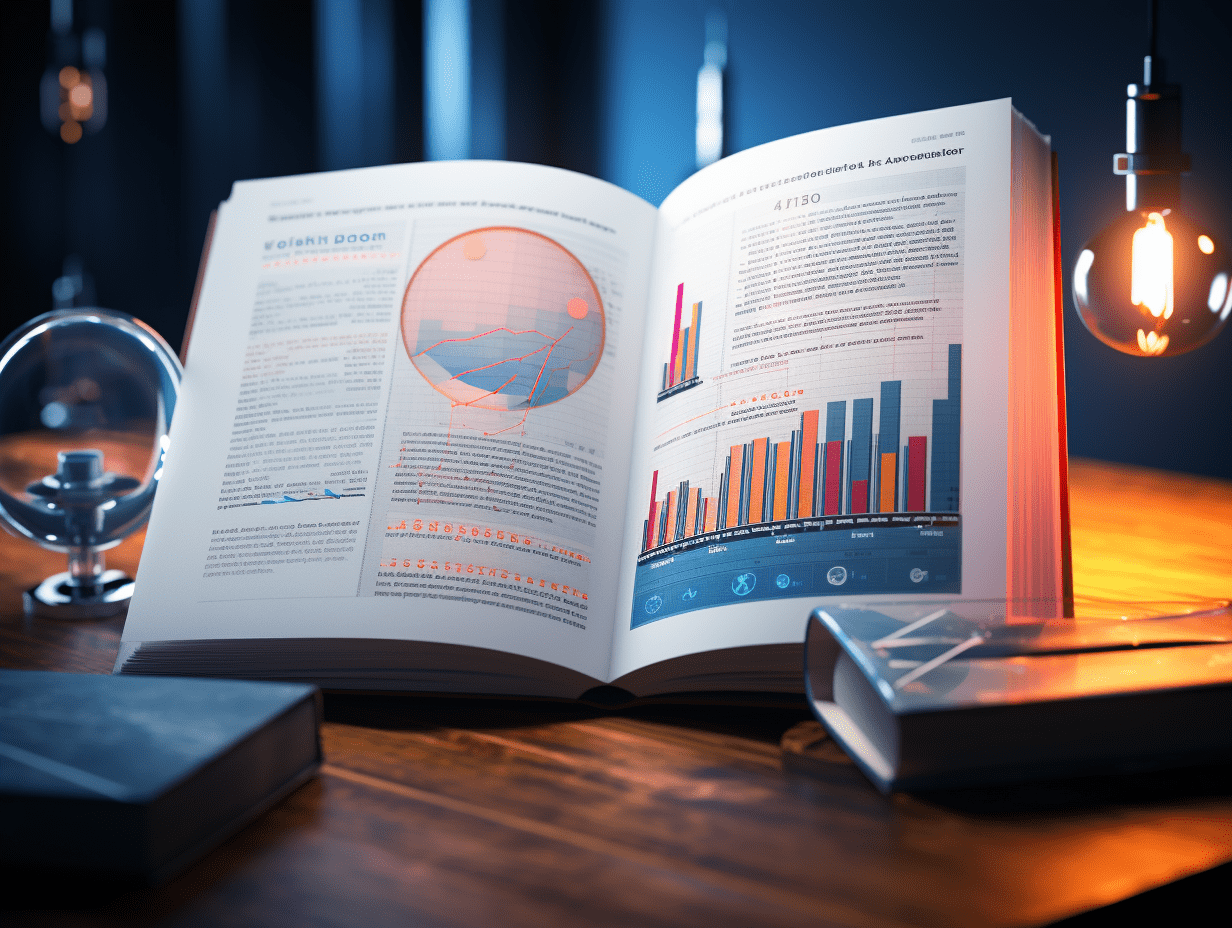Asian currencies have all surged, is the "Sea Lake Manor Agreement" real?
The market generally believes that behind the strength of Asian currencies, there is another powerful driver - the huge influx of US dollar assets accumulated over many years of trade surplus, which constitutes a strong foreign exchange hedging pressure.
In early May, Asian currencies experienced a rare collective surge, with the New Taiwan Dollar skyrocketing by 6.5% in just two days. Apart from the fact that Taiwanese life insurance giants are collectively hedging their US dollar exposures, the market is also speculating about a possible trade agreement between Taiwan and the United States that may include provisions to strengthen the Taiwan Dollar and reduce its competitiveness, further fueling the rise of the currency.
So, is a behind-the-scenes version of the "Mar-a-Lago Agreement" really brewing?
According to Wind Trading Station, despite various market rumors, J.P. Morgan believes in its latest Forex Strategy Weekly report that the weakness of the US dollar is not due to any coordinated agreement, but rather driven by various changes in fundamentals, such as lower US economic growth expectations, escalating fears of stagnation due to trade conflicts, controversy over the independence of the Federal Reserve, simultaneous increase in term premium and decrease in terminal interest rates of the Fed, a shift in Germany's fiscal policy towards easing, providing support to European capital markets, etc.
In this context, the attractiveness of US dollar assets is decreasing, and funds are naturally flowing into other markets.
Additionally, J.P. Morgan states that the market widely believes that behind the strength of Asian currencies lies another powerful driver - the massive return flow of US dollar assets accumulated from years of trade surpluses, constituting a strong pressure for foreign exchange hedging.
Therefore, despite the Taiwanese central bank publicly clarifying twice that "the US Treasury did not pressure the local currency to appreciate", market speculation continues.
Why does the market firmly believe in an agreement?
The "Mar-a-Lago Agreement" originally referred to Trump's idea of strategically lowering the US dollar and boosting the currencies of exporting countries through multilateral means. Although this idea was never formally implemented, the recent abnormal fluctuations in Asian currencies have reignited this topic.
For example, the South Korean Finance Minister recently admitted that they would engage in "working-level consultations" with the US Department of the Treasury on exchange rate issues; while the Taiwan Central Bank released a statement rare after the appreciation of the New Taiwan Dollar stating "there was no pressure from the United States". These vague responses only increased market speculation.
Moreover, the market widely believes that the current foreign exchange rate situation is "unusual". J.P. Morgan points out that a surge like that of the New Taiwan Dollar is almost impossible to occur without tacit policy approval as Asian foreign exchange markets are long dominated by regulatory agencies, the saying "there is no smoke without fire" is relevant in this context.
Furthermore, unlike the Plaza Accord of 1985, current Asian countries (especially export-oriented economies) have accumulated large amounts of US dollar assets. In this scenario, governments do not need to directly sell dollars to intervene, as they can push for currency appreciation by increasing companies' hedging ratios or requiring them to convert part of their dollar earnings into local currency through "window guidance".
Experts from BNP Paribas in France commented:
While no economy has officially acknowledged that currency valuation is the focus of negotiations, market expectations suggest otherwise. Given that the Mar-a-Lago Agreement emphasizes that the overvaluation of the US dollar is the root cause of US trade imbalances, this is particularly noteworthy.
Massive US dollar assets in Asia as a key variable
The market widely believes that behind the strength of Asian currencies lies another powerful driver - the massive return flow of US dollar assets accumulated from years of trade surpluses.
According to J.P. Morgan's estimates, Chinese exporters alone hold $400 billion to $700 billion in US dollar assets, combined with the net international investment position surplus of other Asian exporting countries, creating enormous potential for return flows and foreign exchange hedging pressures.
Furthermore, China's recent adjustment of the US dollar/renminbi fixed exchange rate is also seen as an important policy signal, clearing obstacles for the widespread appreciation of Asian currencies.
Although the existence of the "Mar-a-Lago Agreement" is still officially unconfirmed, the rise of Asian currencies has sent ripples through the capital markets. Under the influence of geopolitical factors, macro policies, and market expectations, an invisible "currency storm" may be taking shape.
Related Articles

The final value of the US April service sector PMI is lower than expected, tariffs leading to increased inflation and the risk of stagnation inflation.

Market concerns about oversupply, Saudi Arabia's oil price increase to Asia in June is lower than expected.

2025 oil market may be facing a comprehensive surplus. Major Wall Street banks are lowering their oil price forecasts one after another.
The final value of the US April service sector PMI is lower than expected, tariffs leading to increased inflation and the risk of stagnation inflation.

Market concerns about oversupply, Saudi Arabia's oil price increase to Asia in June is lower than expected.

2025 oil market may be facing a comprehensive surplus. Major Wall Street banks are lowering their oil price forecasts one after another.

RECOMMEND

Berkshire Hathaway Shareholders Meeting Q&A Live: Buffett Talks about Trade, Japan, and Cash Deployment in 2025.
03/05/2025

Why has net profit significantly decreased? Berkshire Hathaway (BRK.A.US) 2025 Q1 management discussion and analysis of financial condition and operating results.
03/05/2025

Buffett's designated successor - Who is Greg Abel? Can he continue the legend of the "Stock God" Buffett?
03/05/2025


